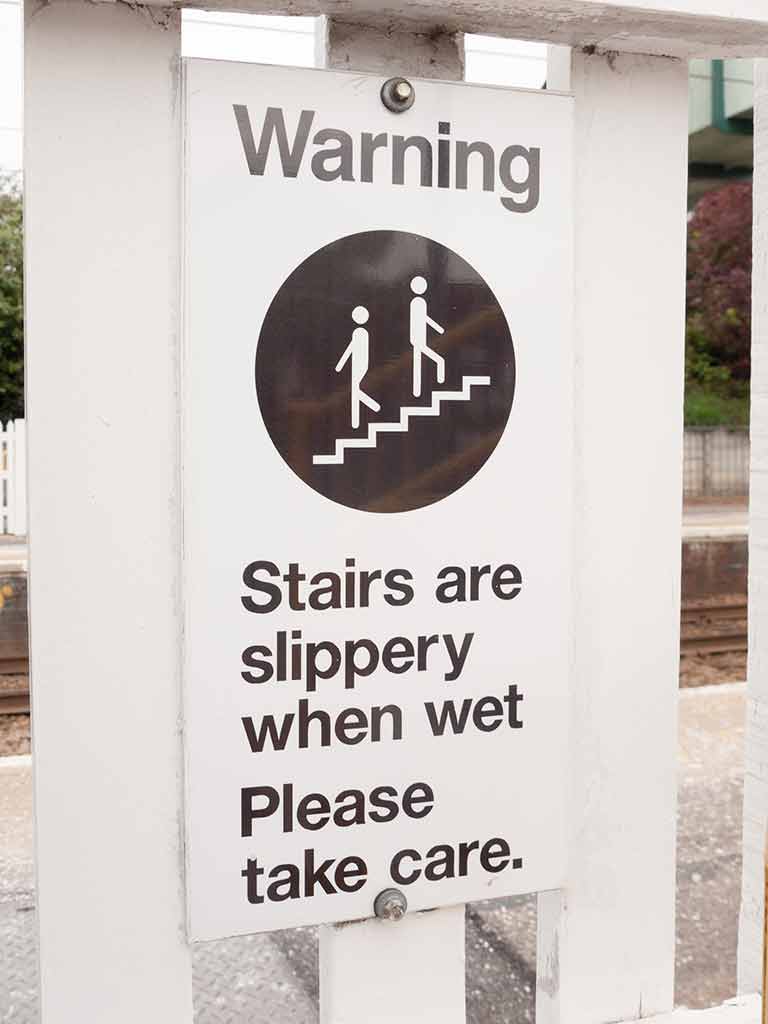Workers’ compensation and workplace injury cases involve job-related injuries, i.e., arising out of and in the course of employment, “occupational”.
Workers’ Compensation is:
- A social contract between an employer and its employees that provide a no-fault solution for compensation for job related injuries and illnesses.
- It is an exclusive remedy.
- It is not about negligence.
- Employees do not have to prove the employer did anything wrong.
- The employer cannot be sued.

Examples of Workplace accidents and Injuries
- Falls from a height
- Fractures
- Amputations
- Slips and falls
- Carpal tunnel syndrome
- Tendonitis
- Struck by falling objects
- Strains, tears, and sprains
- Contusions and bruises
- Electrocution
- Heat burns
- Lacerations, punctures, and cuts
- Chemical burns
- Caught in/between
a Certified Legal Nurse Consultant’s role in Work Related Injury Cases
- Traditional CLNC services
- Emphasis on damage and causation issues
- Educate about injury – mechanism
- Prior medical history – help prove causation
- Review incident – when reported, how, when sought medical attention
- Research the work-related injury
How a CLNC saved one attorney time & money
A case assessment can prevent you going to trial based on misinterpreted evidence
Typical workers Compensation case overview
Compensability:
- Accidents – slip and fall type injuries
- Occupational diseases or injuries, e.g., exposure to chemicals, hazardous materials, microwave popcorn (rare lung disease)
- Subsequent consequences of the injuries
Compensation Statutes:
- Each state has its own statute
- Texas is the only state where workers’ compensation insurance is optional for employers
- Each state specifies the benefits and how they are administered and how employees get compensated
- Regulated by the Insurance Commission in most states
- Federal Employee Compensation Acts govern job-related injuries of federal government employees
General Procedures:
- The injured employee must give notice to the employer
- The employer reports the injury to the works compensation Insurer
- The insurance company pays workers’ compensation benefits
- Limited number of days to report incident to collect benefits
- If delay in filing, insurance provider could deny the benefits
Plaintiff’s Responsibility

Must show that an impairment was suffered or incapacity that rendered him unable to earn the same wages he was being paid when he sustained the injury in the same or other employment.
- Plaintiff impairment and disability are evaluated at the time of the maximum medical improvement (MMI) to assess injuries and damages
- Impairment is an alteration of an individual’s health status that is assessed by medical means
- Disability is an alteration of an individual’s capacity to meet personal, social or occupational demands
- Impairment is what is wrong with the individual
- Disability is the gap between what an individual can do and what the individual needs or wants to do
- When a claimant has reached maximum medical improvement, he will generally not benefit from additional treatment
- At this time an impairment rating is applied
- Most states have adopted the use of the AMA Guides to the Evaluation of Permanent Impairment
- Impairment rating
- Temporary or permanent
- Partial or total by percentages
- Impairment rating considers medical condition and activities of daily living.
- Factors that can influence recovery and return to the workplace include:
- Type and extent of injury
- Medical management and quality of care
- Individual claimant
- Type of work
- Time out of work due to disability
- Benefits
- Under a pure impairment system, the impairment rating is based solely on physical or functional limitations as a result of the injury.
- Under a pure wage loss system, the benefits are based solely on the extent of the worker’s wage loss.
- Some states have some combination of both impairment and wage loss.
An employee must prove causation, i.e., the damages and injuries did arise out of and in the course of employment.
- Evaluate preexisting conditions
- Past Medical history
- Prior accidents, injuries, and claims
- Evaluate subsequent accidents, injuries, claims
- Evaluate the incident
- What happened?
- To whom did the employee report?
- Date the employee returned to work
- Whether the employee sought medical treatment and, if so the description of the treatment rendered
- The claimant generally will recover damages where employment aggravates, accelerates or combines with a preexisting combines condition to cause injury but must segregate what condition was aggravated or accelerated.
Trial No Error
We will review your case so you can proceed with absolute confidence
Filing a Worker’s Compensation claim
Process of Filing Claim can be Complex-Multiple Parties Involved

- Employer
- Employee
- Insurance Company
- Health Care Provider
- State Workers’ Compensation Board
- Disputed cases:
- Employee petitions for a hearing with the state agency
- Mediation hearing or informal conference
- Hearing before a workers’ compensation officer with a decision by an officer
- Appeal to a board or commission to state court
- If negotiations fail case can go into litigation or settled by a judge.
- Damages are limited
- Workers’ compensation provides for economic injuries only
- Damages are defined by the state’s workers’ compensation statute
- Some states provide recovery for psychiatric injuries provided that the injury is disabling and requires medical attention
- The worker’s compensation carrier in most states has a statutory right to reimbursement of money paid to employees by a third-party tortfeasor, up to the amount of compensation paid, i.g., 66% wages as defined by the state.
Indemnity-The majority position is that a third-party tortfeasor may recover indemnity from an employer only if the employer had expressly or impliedly contracted to indemnify the third party or if the employer and the third party stand in a relationship that carries with it the obligation to indemnify the third party. 2A A. Larson, Workmen’s Compensation §§ 76.00, 76.40-76.43 (1976). In Massachusetts a third party may recover indemnification from an insured employer if the employer expressly or impliedly contracted to hold the third party harmless.
Other Theories of Liability Asserted Against Employers in Work-Related Injury Cases
Intentional torts
Intentional tort is an exception to workers’ compensation exclusivity and is the primary tool plaintiffs are using in lawsuits against employers. In such cases, the plaintiffs must demonstrate the employer acted intentionally or deliberately or was virtually certain that its actions would result in injury or death.
Each state has developed different standards through legislation and legal precedent about what triggers an intentional tort. In some states, the standard is substantial certainty or virtual certainty that an employer knew that an employee was likely to be injured. A willful violation handed out by the U.S. Occupational Safety and Health Administration is often used as evidence of intent.

Gross Negligence and Section 28 Massachusetts Workers’ Compensation law
In most circumstances, incidents giving rise to a workers’ compensation claim are the result of an accident or unfortunate circumstances where an employee is unexpectedly hurt. In rare circumstances, workplace injuries may be the result of willful misconduct by an employer. When this occurs, Massachusetts law provides for additional damages to be awarded to employees to compensate them for their harm and the suffering they have experienced.
Section 28 of the Massachusetts workers’ compensation law provides that employees who are the victims of serious and willful misconduct should be paid twice the amount of compensation to which they would normally be entitled as workers’ compensation benefits. Since the implementation of this law, Massachusetts courts have held that workers who are victims of the egregious conduct of their employers are entitled to this “double” compensation even if they never miss a day of work. If an employee experiences an injury that requires medical treatment but does not prevent him or her from doing the job, he or she is entitled to double the amount of medical bills incurred due to the injury. This is because Section 28’s penalty against employers is applied broadly in these cases.
Establishing Serious and Willful Misconduct
To allege that your workplace injury was a result of your employer’s misconduct because the safety of your work environment was below par, the requirements for serious and willful misconduct is difficult to prove. Most importantly, it requires that the conduct of your employer was intentional or highly reckless, rather than forgetful or negligent. Massachusetts courts have held that an employee must show that the employer did or failed to do an act that a reasonably prudent person would know or would have reason to know would create an unreasonably high risk of bodily harm. It also must be shown that there was a high degree of likelihood that substantial harm would result.
If the employer knowingly violated safety rules or placed an employee in an obviously dangerous situation, that employee may very well be entitled to double damages under Section 28.